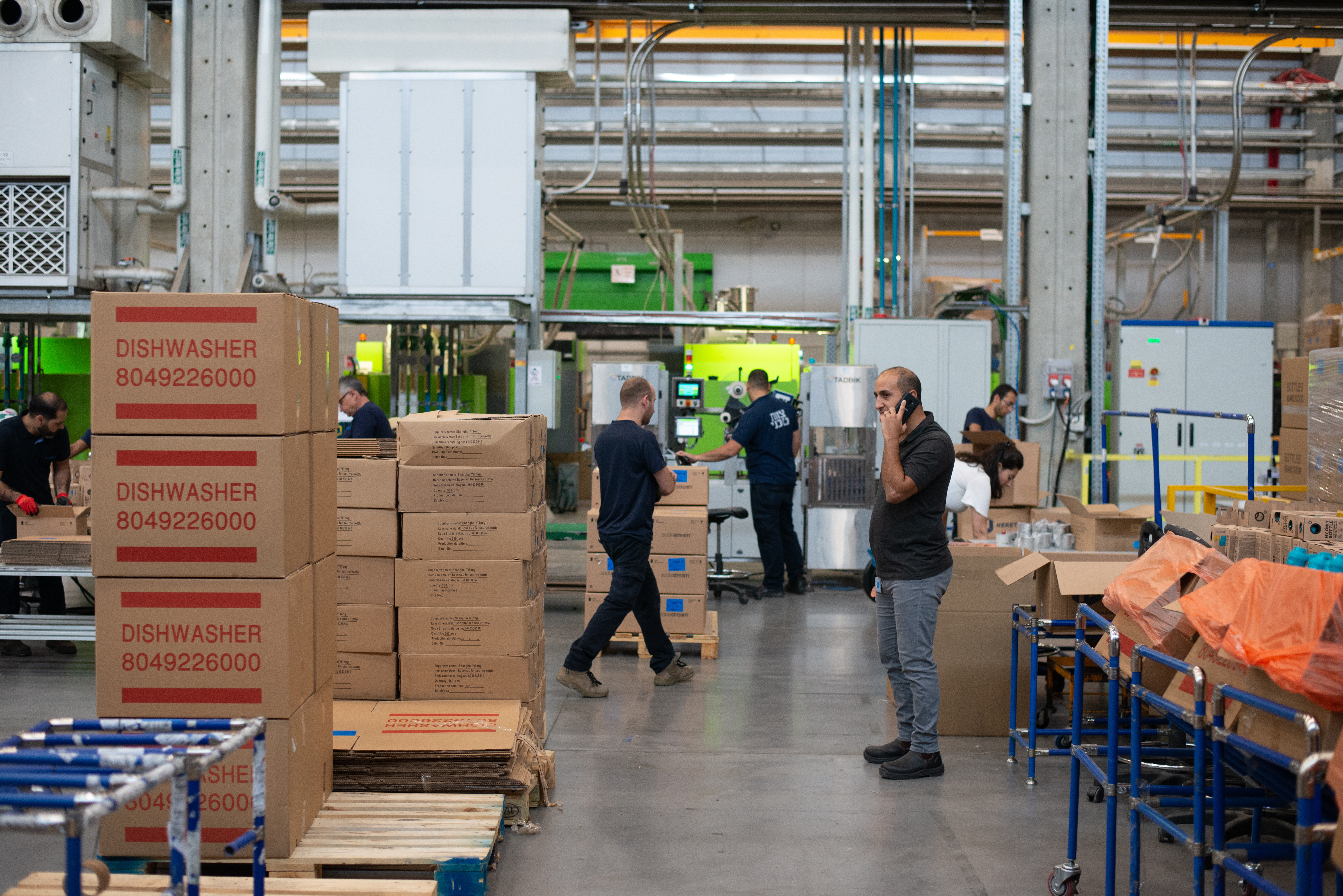Ensuring the safety of workers in factories is of the utmost importance, and adhering to occupational health and safety regulations is instrumental in creating safe working conditions for employees. These regulations establish guidelines that help protect employees from hazards and minimize health and safety risks.
In this blog, we will explore the impact of these regulations on workers’ health and safety and how they affect factory operations and productivity.

How Do These Regulations Help Create Safe Working Conditions for Employees?
Occupational health and safety regulations are designed to safeguard the well-being of employees. They cover various aspects of the workplace, including safe equipment usage, proper training, hazard identification and control, emergency response protocols, and more. These regulations aim to minimize accidents, injuries, and illnesses. By providing safe working conditions, employers fulfill their legal obligations by prioritizing the physical and mental well-being of their workforce.
Complying with these regulations offers several benefits. First and foremost, it protects workers from harm, reducing the risk of accidents and injuries. Additionally, by prioritizing compliance with safety regulations, employers demonstrate their commitment to employee welfare and foster a culture of care and trust which, in turn, can enhance worker morale, job satisfaction, and productivity.
Finally, compliance helps companies avoid financial and reputational costs associated with accidents, legal liabilities, and negative publicity. It also improves employee retention rates, as workers are more likely to stay with a company that prioritizes their safety and well-being.
Effects of Occupational Health and Safety Regulations on Factory Operations
Although implementing occupational health and safety regulations may present challenges and incur costs, the positive effects on operations are undeniable. Compliance may increase costs due to additional safety measures, training programs, and equipment. However, these investments lead to long-term benefits and savings. By integrating safety measures into daily operations, factories minimize accidents and disruptions caused by injuries, resulting in reduced downtime, improved efficiency, and reduced liability risk.
Additionally, compliance with occupational health and safety regulations reduces absenteeism and employee turnover rates. Prioritizing compliance with occupational health and safety regulations not only enhances employee well-being but also fosters a stable and loyal workforce, resulting in long-term cost savings for businesses.
Boosting Productivity with Safe Working Conditions
Safe working conditions for employees have a direct impact on productivity, as compliance with these regulations enhances operational efficiency and effectiveness. Firstly, by ensuring safe working conditions, factories reduce downtime caused by accidents or injuries. Protection from hazards minimizes the risk of work stoppages or delays, leading to uninterrupted production and smoother operations.
Furthermore, a focus on worker safety cultivates a culture of accountability and responsibility. Employees that are trained in safety measures and provided with the necessary equipment are more likely to prevent accidents and injuries. This leads to improved adherence to quality standards, attention to detail, and increased efficiency in work processes.
Fostering a safe work environment not only increases productivity but can also present a competitive advantage. Compliance with occupational health and safety regulations can enhance a factory’s reputation and build trust with customers and partners. Prioritizing worker safety demonstrates ethical practices and responsible business operations, which enhances brand image and can attract customers who value socially responsible and ethical manufacturing.
Challenges and Future Outlook
Implementing and maintaining safety regulations in factories does present challenges, including continuous monitoring, evaluation, and addressing emerging risks. Factories need regular safety audits, employee feedback mechanisms, and training programs for ongoing compliance and improvement.

As technology advances, new risks may emerge. Factories need to stay vigilant and update safety measures to address these emerging risks. This includes training on the safe use of new technologies and incorporating safety features into equipment design.
The future of occupational health and safety regulations lies in continuous improvement and innovative approaches. Industry collaborations, regulatory advancements, and data-driven technologies can further enhance worker safety. Factories should stay informed about the latest developments and adapt policies accordingly.
Conclusion
Occupational health and safety regulations are crucial for creating safe working conditions in factories. Compliance protects workers, reduces accidents, and promotes overall well-being. Prioritizing worker safety brings benefits to factories, including increased productivity, reduced costs, and enhanced reputation.
Creating a safe work environment requires ongoing monitoring, evaluation, and improvement. Factories must assess risks, provide training and equipment, and foster a culture of safety. Occupational health and safety regulations are fundamental to responsible and sustainable business practices. By embracing them, factories ensure the well-being of employees while achieving business success.

